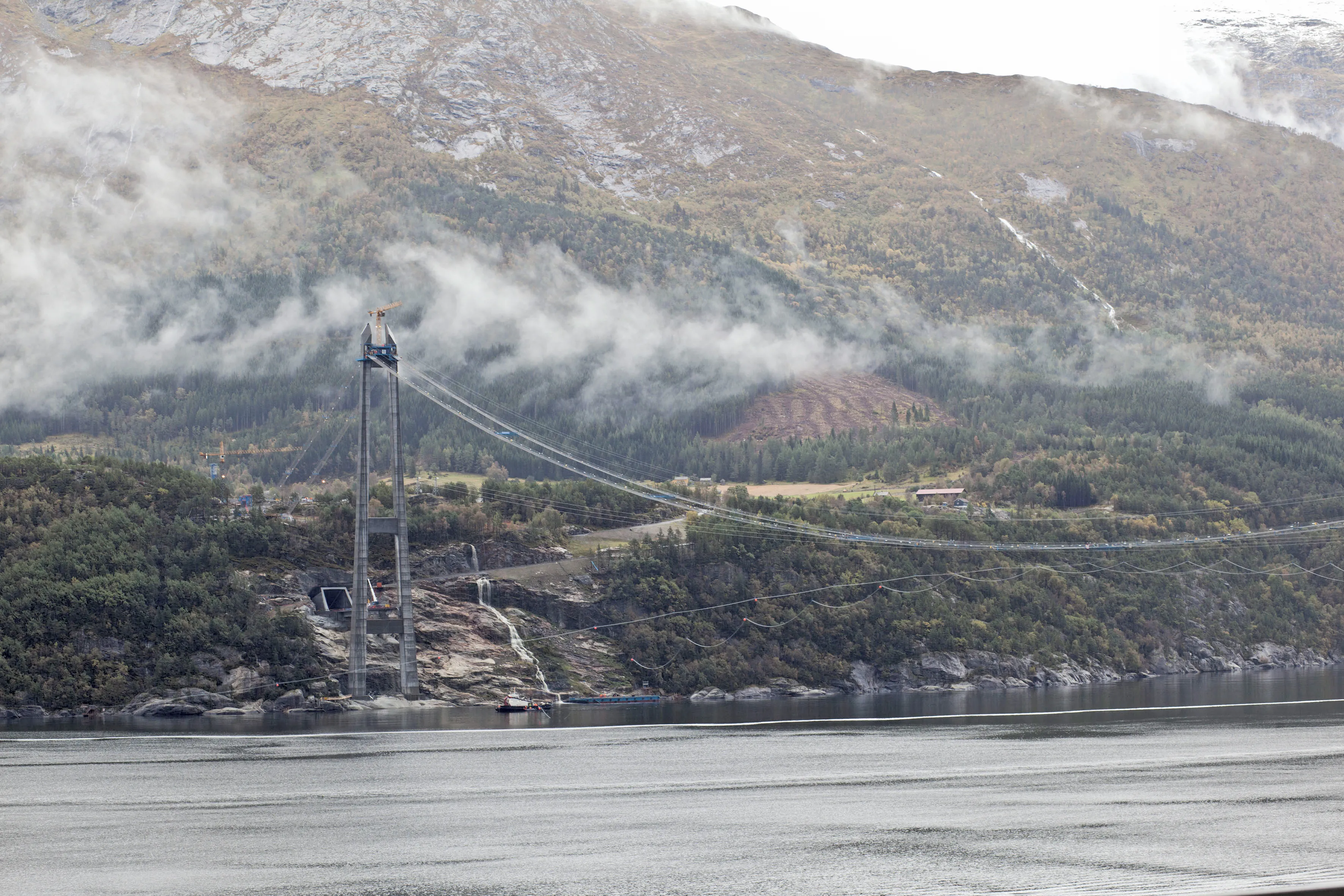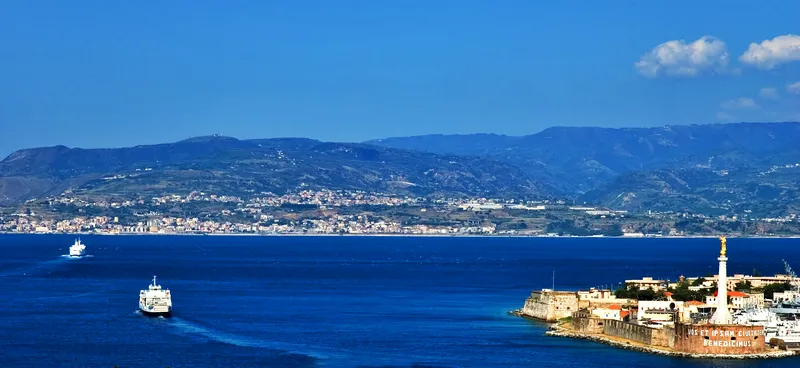Strada dei Parchi, an Italian highways management company, has put forward a proposal for the redevelopment of two motorways' worth up to €6.5 billion.
May 31, 2017
Read time: 1 min
Strada dei Parchi, an Italian highways management company, has put forward a proposal for the redevelopment of two motorways worth up to €6.5 billion.
The company is aiming for anti-seismic measures and the replacement of outdated viaducts with tunnels on the motorways, reports Italian media.
Strada dei Parchi is controlled by Italian civil engineering group Toto and manages the A24 Rome-L'Aquila and A25 Rome-Teramo motorways in central Italy.
Of the €6.5 billion, around €1.5 billion-worth of work could be started straight away.
To help pay for the work, the operator's concession could be extended by 20 years and motorway toll increases might be around 2%.







